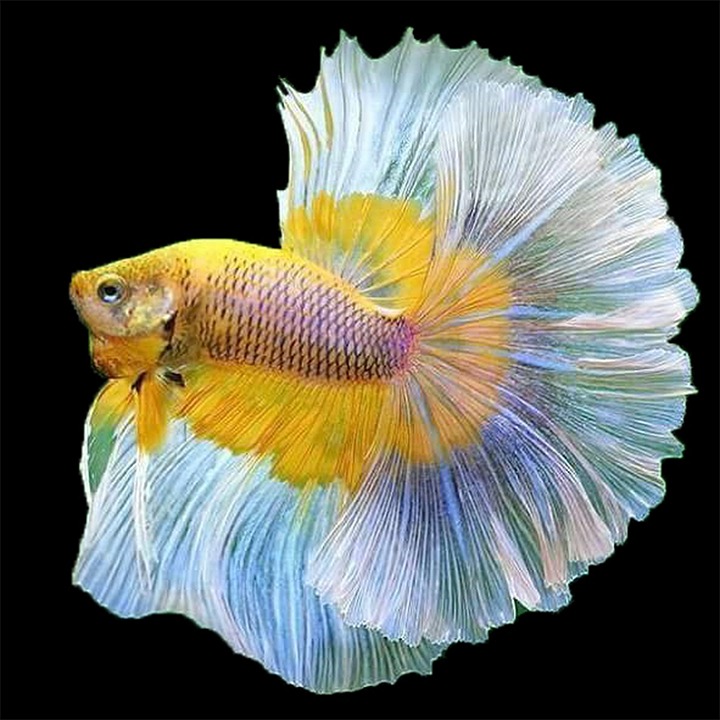Establishing a harmonious community of fish is crucial for their health and well-being. When fish are housed together in a compatible environment, they experience less stress and have a higher chance of thriving. This article will guide you through the process of creating a harmonious fish community, from choosing compatible species to maintaining optimal water quality.
I. Choosing Compatible Fish Species:
Before adding fish to your tank, it’s important to research and select species with similar care requirements. Consider factors such as size, temperament, and activity level. Avoid adding aggressive or territorial species that may disrupt the harmony of the community.
II. Setting Up the Perfect Habitat:
Creating a suitable tank environment is essential for a harmonious fish community. Provide an appropriate tank size and dimensions, ensuring that each fish has enough space to swim. Set up hiding spots and territories with plants, rocks, and other décor. Maintain optimal water parameters, including temperature, pH, and hardness, to mimic their natural habitat. Choose suitable substrate that is appropriate for the species in your tank.
III. Introducing Fish to the Community:
When introducing new fish to the community, proper acclimation techniques are crucial to minimize stress. Gradually introduce fish to the tank environment to allow them to adjust. Monitor their behavior and interactions closely to ensure they are adapting well to their new surroundings.
IV. Establishing a Feeding Routine:
Understanding the dietary needs of each fish species is important for their overall health. Develop a feeding routine that ensures all fish receive adequate nutrition. Avoid overfeeding, as it can lead to poor water quality and health issues. Maintain water quality by removing uneaten food promptly.
V. Monitoring and Maintaining Water Quality:
Regularly test the water for ammonia, nitrite, nitrate, and pH levels to ensure optimal water quality. Perform routine water changes and tank maintenance to remove any built-up toxins. Invest in a proper filtration system and maintain it regularly to keep the water clean and healthy for the fish.
VI. Recognizing and Treating Fish Diseases:
It’s essential to be able to recognize common signs of fish diseases and health issues. Isolate and treat any infected fish promptly to prevent the spread of illness. Consult with a fish health professional for accurate diagnosis and treatment. Proactive measures, such as maintaining optimal water quality and a stress-free environment, can help prevent diseases.
VII. Frequently Asked Questions (FAQs):
To address common concerns, include a section of frequently asked questions. Cover topics such as mixing freshwater and saltwater fish, the number of fish suitable for a tank, introducing new fish, preventing aggression, and treating fish diseases.
Conclusion:
By following these guidelines, you can establish a harmonious community of fish that promotes their health and well-being. Continually monitor their behavior, provide a suitable habitat, and address any health issues promptly to ensure a thriving fish community. Remember that each fish species has unique care requirements, so research and understand the needs of your specific fish to create the best environment for them.









